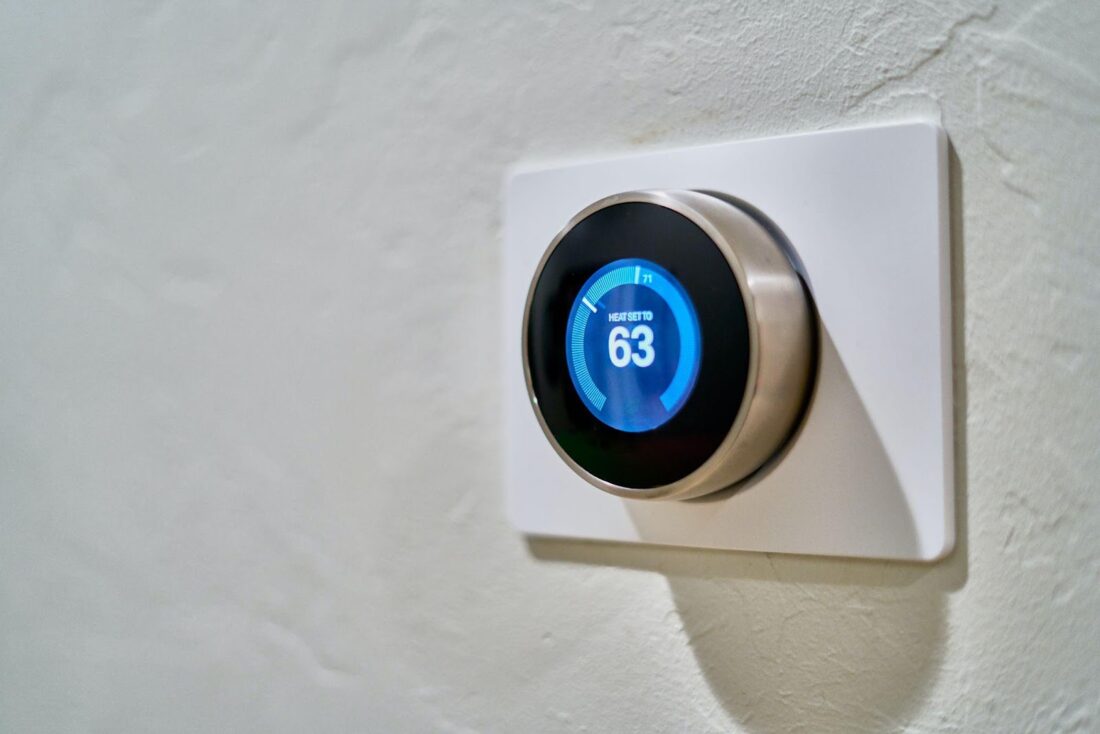HVAC systems may experience various issues, ranging from low battery levels to misconfiguration of thermostat settings. Knowing the signs to look out for can help protect against common HVAC problems that could negatively affect home comfort.
Strange noises coming from your heating or cooling system could indicate issues in its ductwork, including rattle- and buzzing-type noises that could indicate loose screws or metal flaps, motor failure or fan blade failure.
1. Clogged Air Filter
An air filter that’s dirty can seriously reduce the performance of your HVAC system, impeding airflow by trapping dust and debris that enters through ducts and increasing energy costs as your system struggles to meet your indoor cooling requirements.
A dirty air filter is easy to rectify by swapping out for a new one and regularly cleaning or replacing it. You can learn more by clicking the link.
Experienced frequent breaker trips could be an indicator that your system is overheating, leading to the evaporator coils freezing up and losing their ability to cool effectively. An HVAC technician can inspect and defrost your system as a solution.

2. Low Thermostat Settings
When the temperature in your house falls below what was set on your thermostat, it can create an uncomfortable atmosphere. To remedy this situation, call in an HVAC professional; they can restore comfort in the form of temperature adjustment so everyone in the home remains cozy.
Regular maintenance can be used to help avoid these types of problems. By having a technician perform an inspection, they can identify any small issues as soon as they emerge and stop them from becoming bigger over time.
Check if the thermostat screen or buttons have become blank, or don’t function as intended.
Many modern programmable thermostats contain batteries that may run low; replacing these will usually solve this issue.
If the thermostat screen remains blank, resetting may be necessary to activate it. This can be accomplished by switching off and then back on its respective circuit breaker and repeating as necessary until your thermostat activates; you may need to repeat this several times until it works correctly. You could also perform simple calibration using an inexpensive thermometer.
Changing batteries, unlocking, resetting, and cleaning as necessary are easy ways to troubleshoot a thermostat, but if these solutions do not work, then call an HVAC specialist who can determine whether a replacement thermostat or repair of your existing one are needed.
They can also replace your existing thermostat with a smart model. You can click the link: https://www.bobvila.com/articles/installing-a-smart-thermostat/ to learn more.
3. Damaged Ductwork
Air ducts play an essential role in HVAC systems but are often neglected or underestimated.
If they become damaged or incur other problems that make them inefficient and more costly to run, several signs should indicate whether repairs or replacement is required.
Rattling or vibrating sounds coming from your system are often signs that air duct joints have been compromised and should be repaired or replaced immediately before it becomes more serious. When this occurs, a reputable Chesapeake HVAC company should be called in immediately to rectify them before it’s too late. This can save money in the long run by preventing damage.
Ducts may become blocked due to furniture placed around them; for example, if a sofa or bookcase is blocking vents, you’ll need to rearrange things to ensure air can reach them.
Furthermore, damage such as denting may cause certain segments to collapse into collapsed ductwork, leading to lost air.
Pest infestation of ductwork is another frequent problem with ducts. Mice, rats, squirrels, and raccoons often build nests within its insulation surrounding ductwork which can cause blockages, leaks and fire hazards if left unattended.
You’ll usually be able to spot this by inspecting under and around air vents for droppings or signs of rodent activity; should this occur, contact a pest control service immediately for remediation services.
4. Water Leaks
Water leaks are an HVAC issue that can seriously harm your home and lead to further issues down the line.
A common source of HVAC unit leaks is when seals around drain, and condensation lines break down over time; to reduce leakage you should ensure all gutters and drain lines are kept clear of obstructions while checking that your air handler drain pan hasn’t become cracked or damaged with wet vac removal of standing water from its drain pan.
Poor installation practices are another leading cause of HVAC system leakage, such as attaching the AC condensate pipe incorrectly or failing to seal off an evaporator drain pan correctly.
Staying on top of HVAC maintenance is vital to keeping your home comfortable and safe, which means keeping filters clean, adjusting thermostat settings as necessary, and scheduling regular maintenance visits are all ways of helping prevent many common HVAC issues from emerging in the first place. Should an issue arise however, it should be addressed immediately so it does not escalate further into more serious complications.




